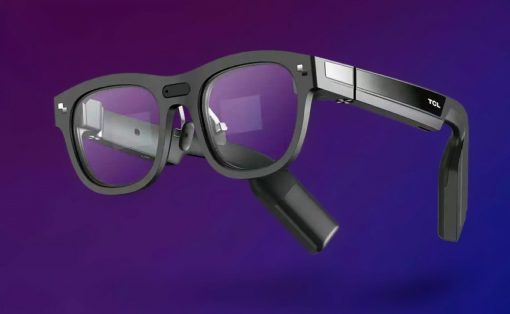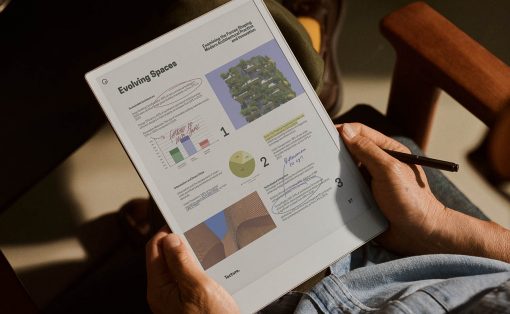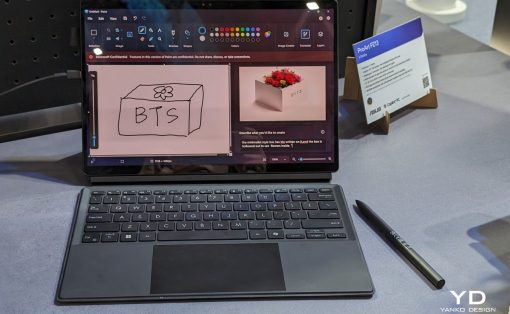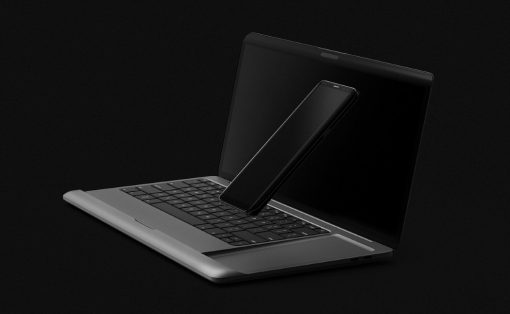
Laptops are no longer what they used to be. Sure, the majority still come in the standard clamshell design, but even those sometimes have touchscreens or even second displays. And then there are laptops that are actually tablets in disguise, folding backward or splitting in half. These convertibles and detachables, respectively, have shifted the landscape of portable computers, opening the doors to more use cases and features. For the most part, however, they’re all still typical Windows laptops, but Lenovo might be putting an odd twist to the design with a 2-in-1 laptop whose screen transforms into an Android tablet when detached from its main body.
Designer Name: Lenovo (via “Apocalypse“)

The idea behind a 2-in-1 laptop, popularized by the likes of the Microsoft Surface Pro, is actually the reverse of a laptop. Technically, it’s more of a tablet that you can attach to a keyboard, whether that keyboard simply serves as a cover or a weighted base like a regular laptop. All the electronics are actually behind the screen, from the processors to the storage to even the battery, making the screen completely standalone.
What Lenovo might have in mind, however, is to have two different operating systems installed on the device, working independently depending on the situation. When the screen is docked on the keyboard, it will display Windows that’s running in the base. Once pulled out, however, that screen becomes a standalone tablet running Android and not Windows.
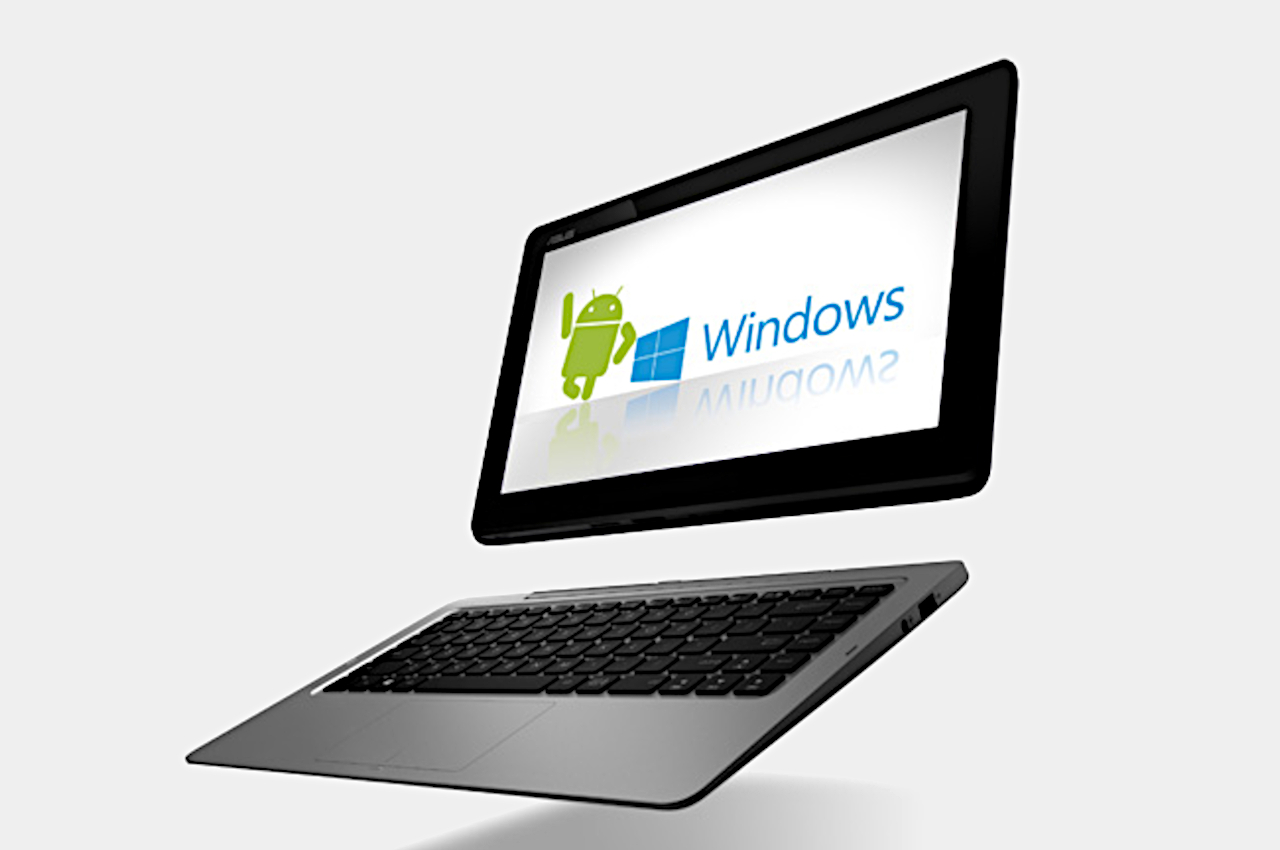
ASUS Transformer Book Duet
As odd as that might sound, it’s not exactly completely new. Back in 2014, ASUS announced what would have been the crowning glory of its Transformer Book line of 2-in-1 detachable laptops. The Transformer Book Duet could run both Android and Windows, though you have to boot into each one separately. Here, all the computing hardware is still on the display, and the keyboard is just an accessory to keep the screen anchored down. ASUS’s ambitions, however, were allegedly crushed by both Microsoft and Google who didn’t want their operating systems to be living under the same roof. That was nearly a decade ago, however, and Lenovo might be thinking it’s time to stir things up again.
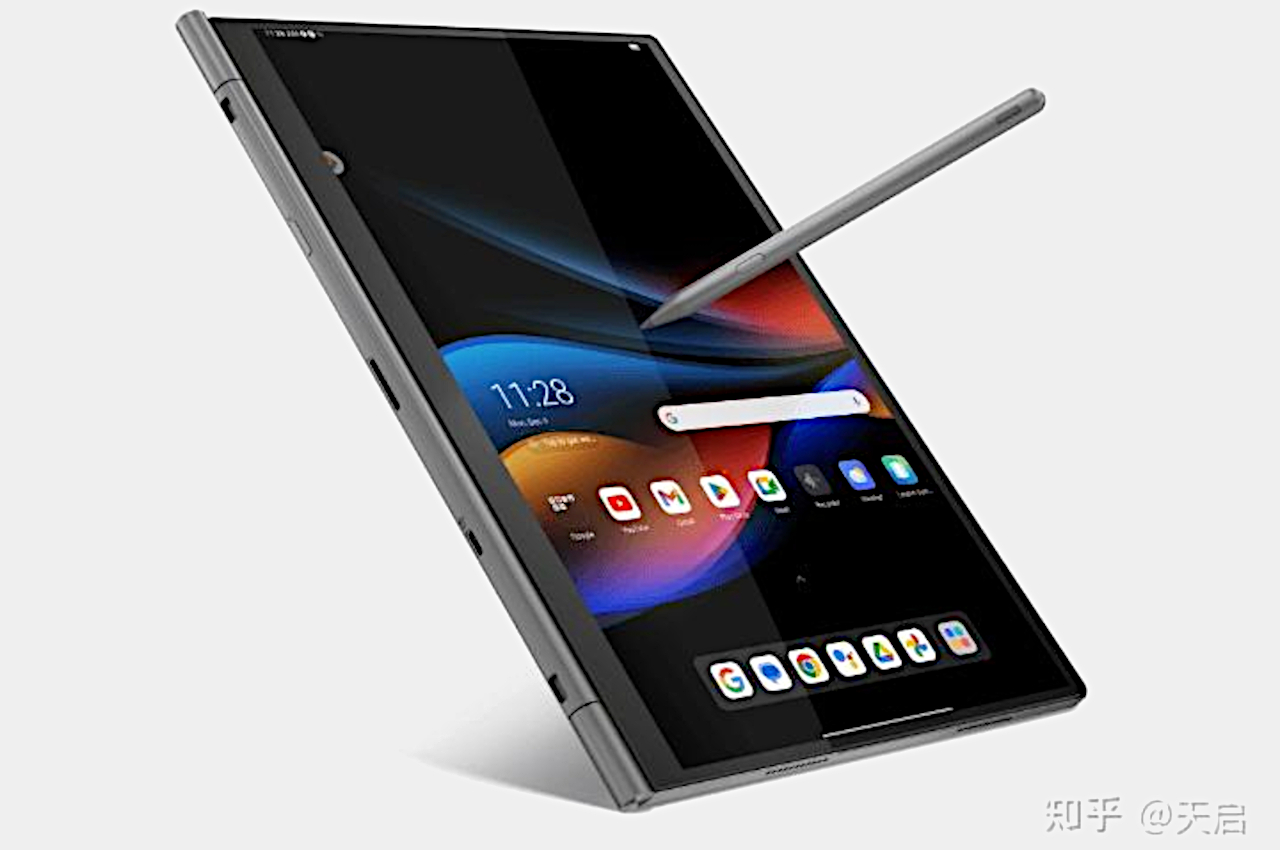
What isn’t clear is whether it will be a case of a dual-boot tablet again or if Lenovo will be doing things a little differently. It’s possible to have a complete set of hardware inside the keyboard, running Windows, while the tablet has its own hardware dedicated to running Android. That makes the division of labor a little simpler and you don’t have to reboot over and over again to switch between operating systems. Unfortunately, that would also mean you can’t use Windows in tablet mode and take advantage of the stylus for creating digital art. Then again, Windows hasn’t really been great on tablets, which is why there would be interest in putting Android there in the first place.




